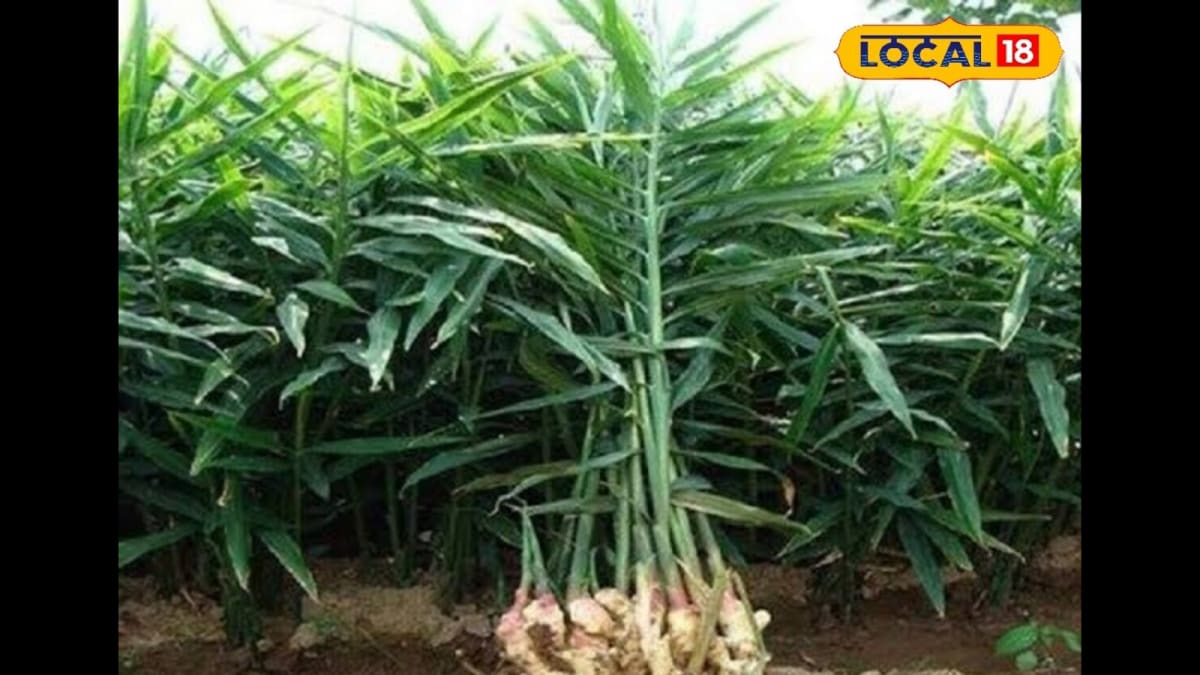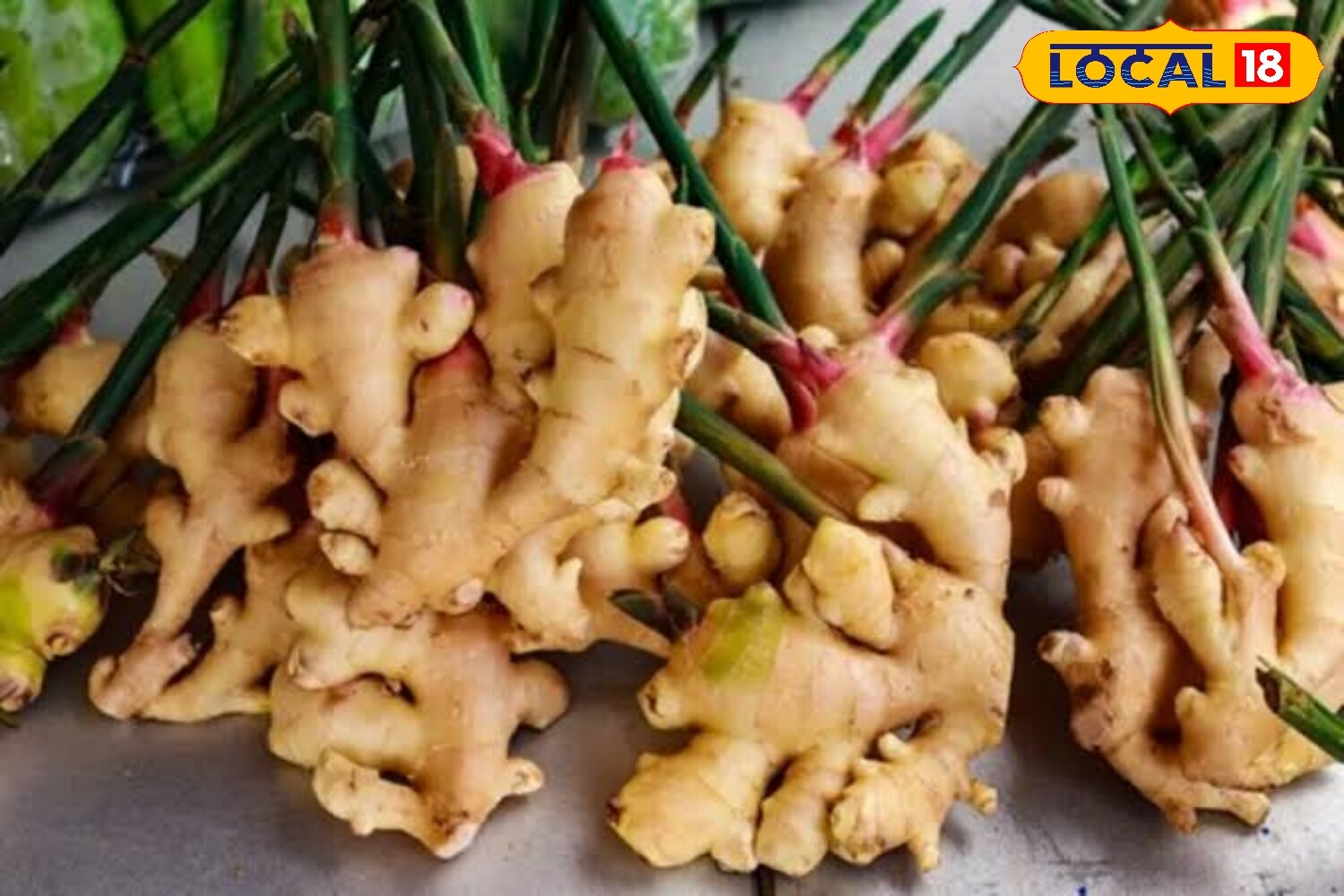
In sattes like Jharkhand and Bihar, farmers usually grow paddy, pigeon pea and maize during the Kharif season. However, experts suggest that adopting alternative crops and techniques can bring higher returns. In Palamu district of Jharkhand, where sandy loam soil is abundant, ginger cultivation is emerging as a profitable option for farmers. (News18 Hindi)
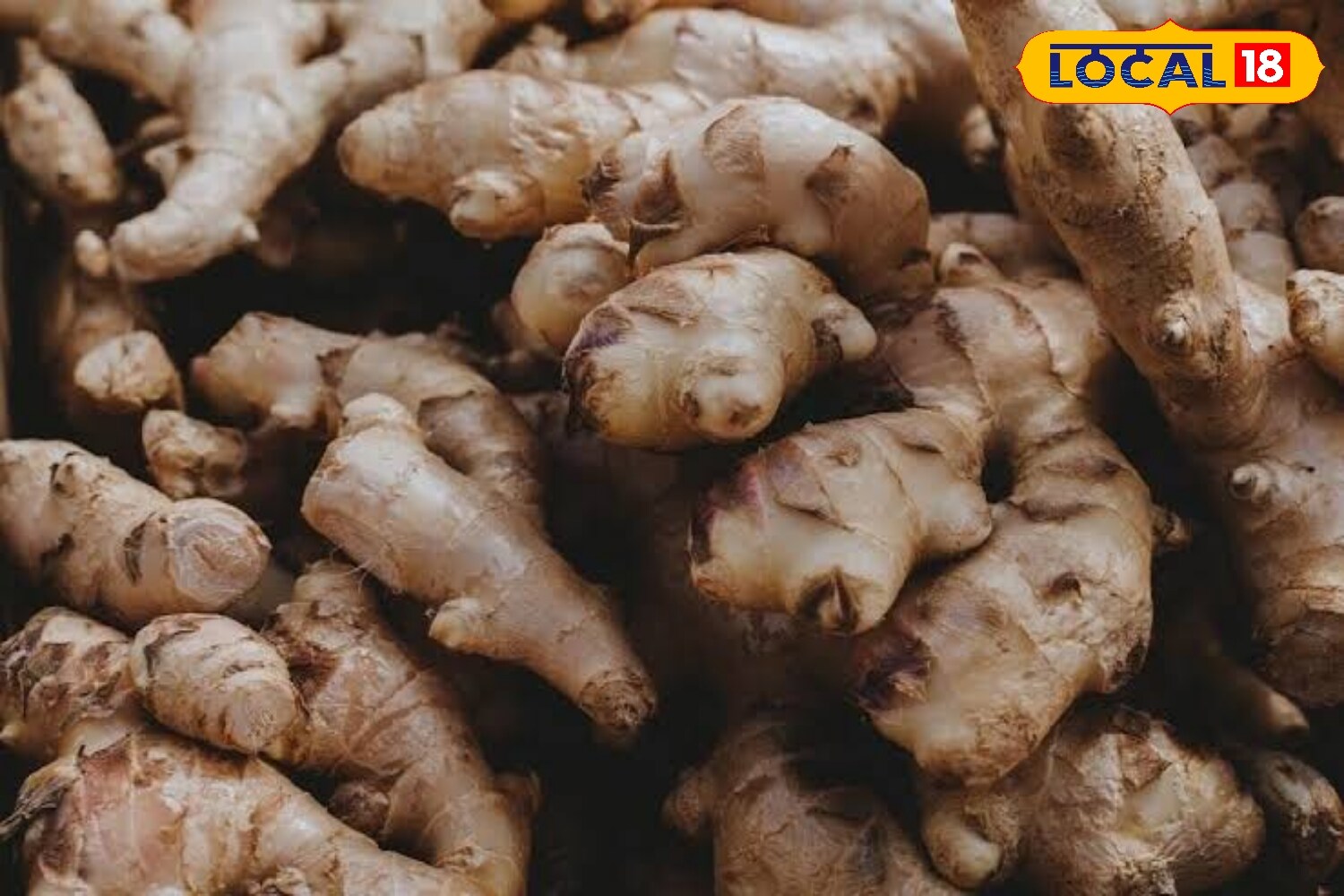
Agricultural scientists note that sandy loam soil with a pH value between 5.6 and 6.5 is best suited for ginger. The crop thrives in temperatures ranging from 25 to 35 degrees Celsius, creating ideal conditions for farmers in the region to diversify and boost their income. (News18 Hindi)
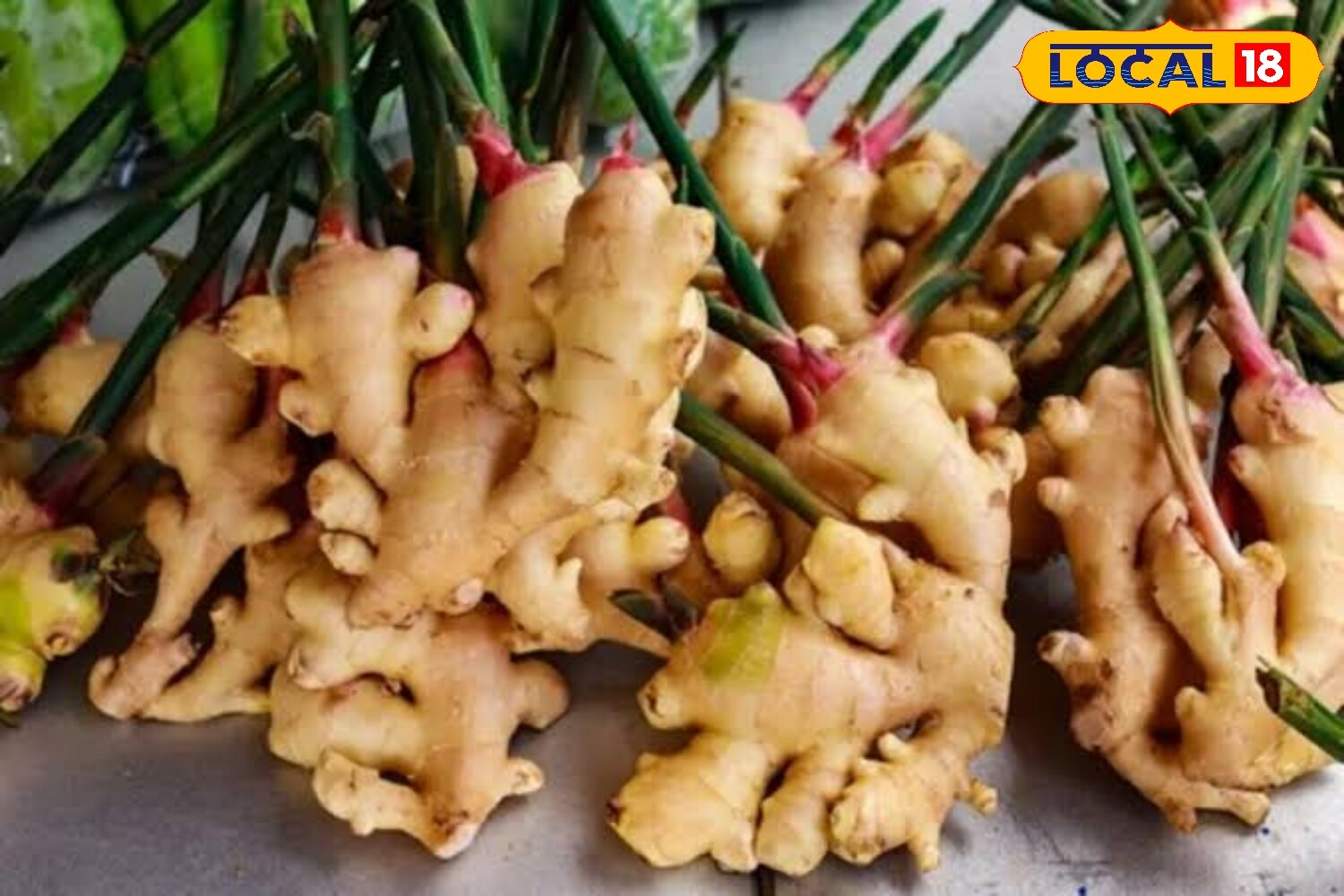
Dr Pramod Kumar, an agricultural scientist at the Regional Research Centre, Chianki village of Palamu, explained that ginger cultivation begins with thorough field preparation. Farmers need to plough the land two to three times to loosen the soil, followed by sun-drying and the addition of organic manure such as cow dung or vermicompost. Beds of about one metre in width and 15 cm in height are then prepared, with proper drainage maintained to avoid waterlogging. (News18 Hindi)
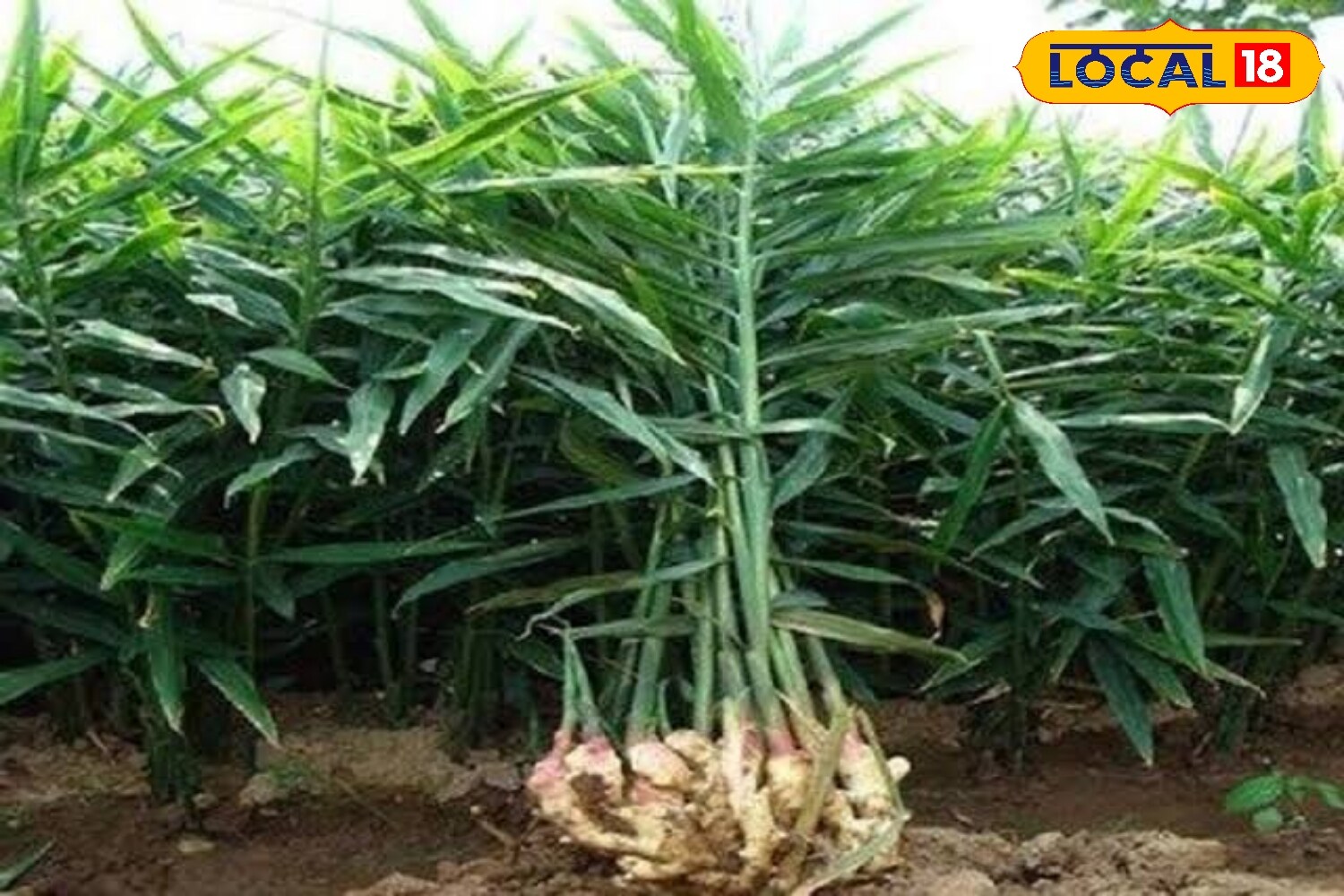
He further stated that May to August is the most suitable period for sowing ginger. During planting, the distance between rows should be kept at 30-40 cm and between plants at 20-25 cm. Seed pieces are sown at a depth of 4-5 cm and covered lightly with soil or organic manure to ensure healthy sprouting. (News18 Hindi)
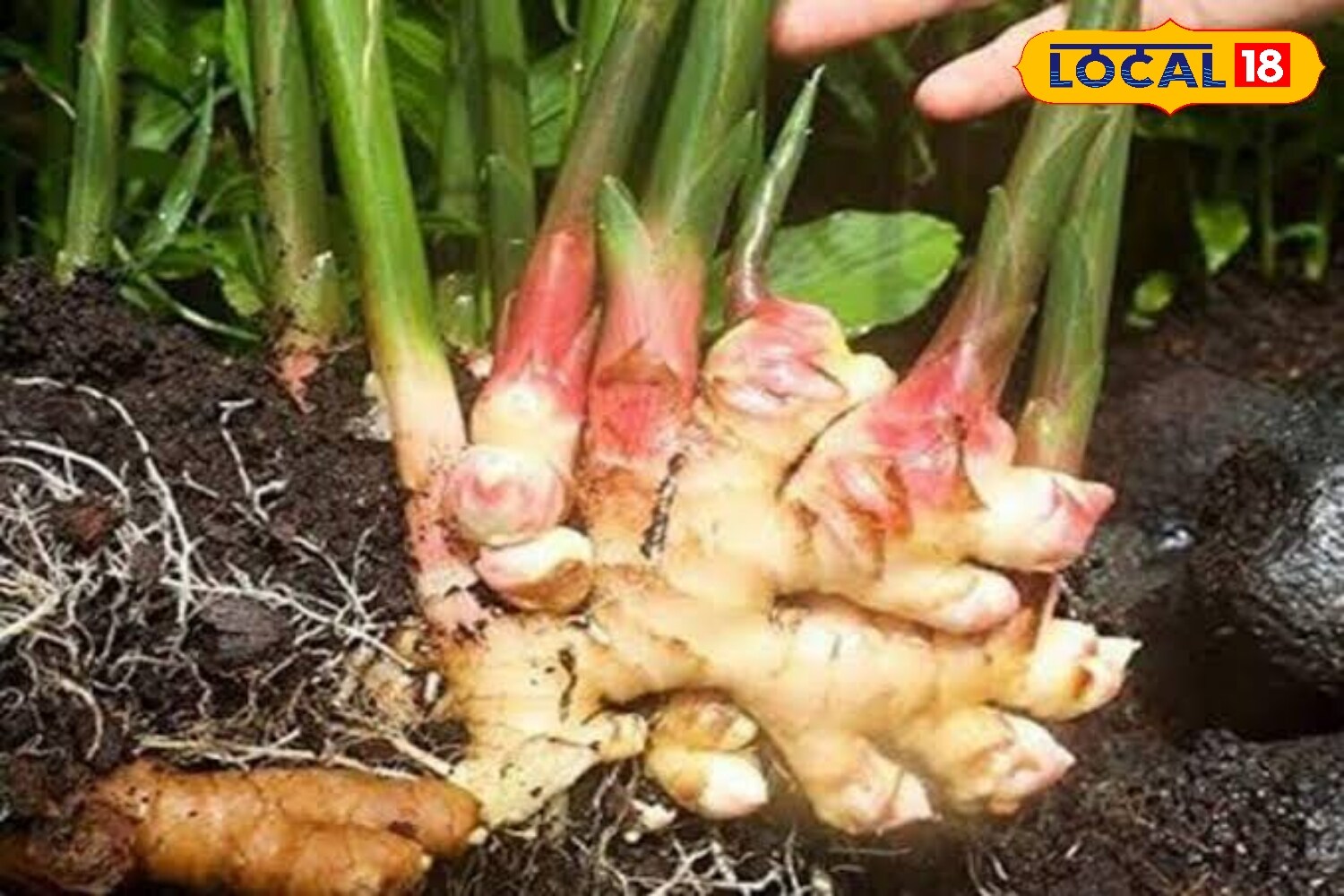
While rainfall during the monsoon generally meets the water requirement of the crop, even distribution of rain is crucial during the growth phase. Dry weather one month prior to harvesting is also necessary to maintain the quality of produce. Farmers are advised to use drip irrigation systems wherever possible to supplement rainfall. (News18 Hindi)
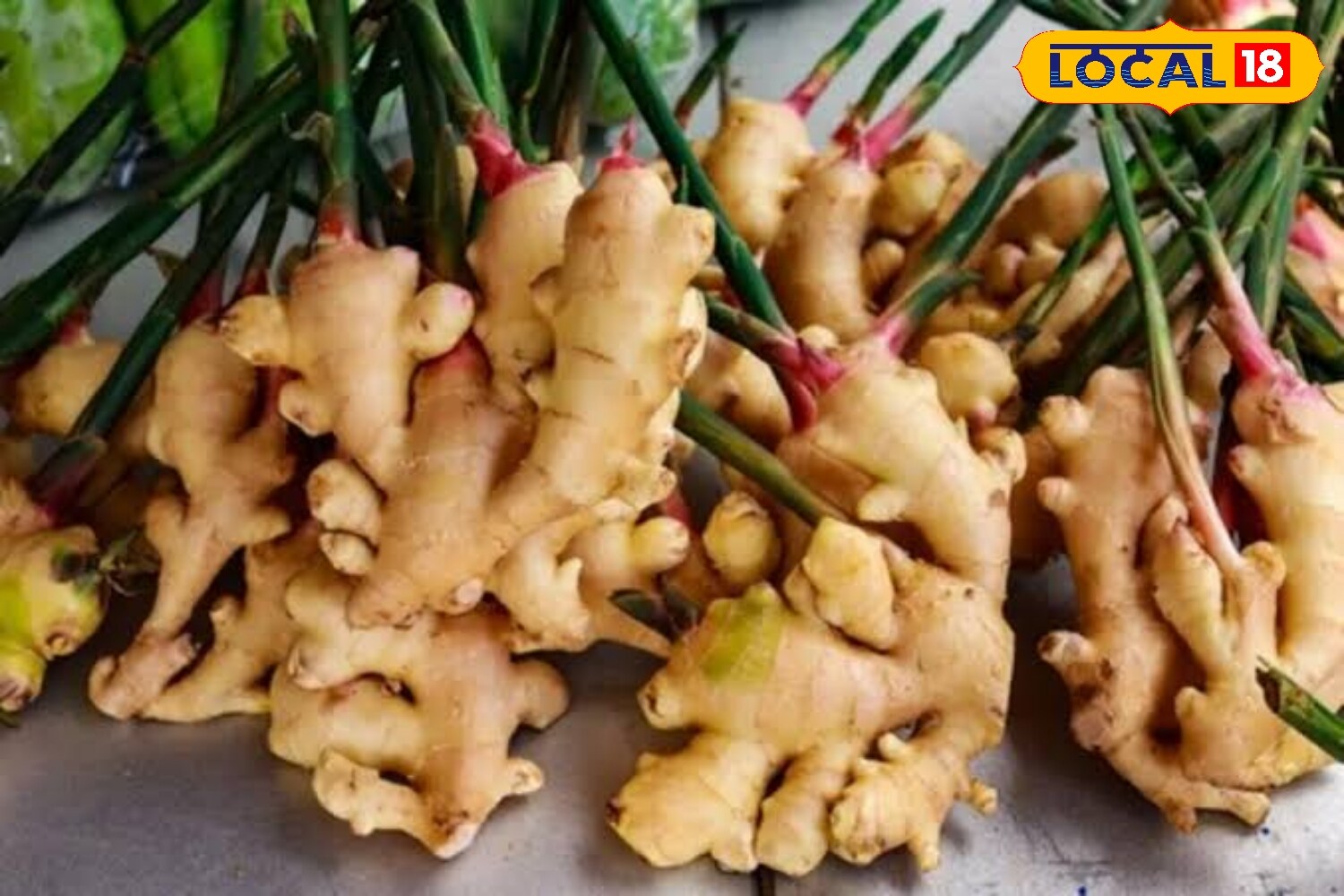
The ginger crop matures in about eight to nine months. From one hectare of land, farmers can produce between 150 and 200 quintals of ginger. With cultivation costs ranging from Rs 7 to Rs 8 lakh per hectare, returns can reach Rs 20 to Rs 25 lakh if the market price is favourable. This means farmers could earn as much as Rs 2 lakh per month, provided they have sufficient land under cultivation. (News18 Hindi)


